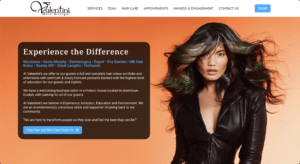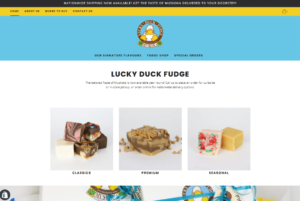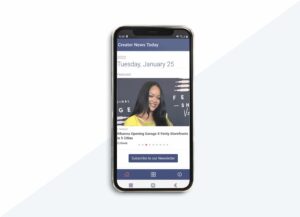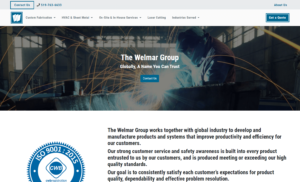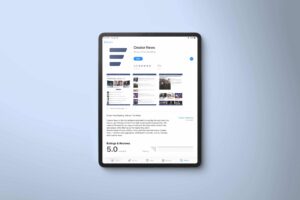Does Your Website Pass the AODA Website Accessibility Standards?
Writing Alt Texts and Proper Image Descriptions Enhance Your Website’s Usability
A well-designed website isn’t just about the looks – you’ve also got to make sure your website has the right content and accessibility.
If you’re an able-bodied person, you may not realize how many barriers there are for people who are living with disabilities. These disabilities may include being vision or hearing impaired, having physical dexterity or mobility limitations, reading or learning disorders, and more.

Some of the most commonly used online assistive devices include screen readers, speech input software, and eye/motion tracking so that people with disabilities can interpret information properly when using computers and other mobile electronic devices. This means that these assistive devices depend on websites to be built in a logical way for them to read properly.
For example, most assistive devices have trouble describing images and determining what the focus of an accompanying image may be. This is where Alt Texts come in. Alt Texts are normally hidden from view and are read aloud by an assistive device. When publishing new content, writing Alt Text for each image will explain its context to the writing. An Alt Text may read as: Young woman sits at a desk in front of a silver laptop in a bright home office filled with tropical plants.
Alt Texts differ from Captions because the Alt Text describes what the image shows, while the Caption may offer insight about the image that isn’t seen. The same image as mentioned above may be captioned: Jessica enjoys working in a hybrid workforce where she can work from home for part of the week. When writing Alt Texts and Captions, it’s also important to remember that an assistive device will usually read both to the user, so a good writer or website designer will avoid redundancies.

Assistive devices will also be affected by the website’s code, so it’s imperative that web designers and developers build websites with this in mind. Poorly written code could mean that screen readers may not read text in the right order, skip reading sections of text entirely, or not be able to convey emphasis such as italics or capitalization properly.
In Ontario, public websites must be compliant with AODA (Accessibility for Ontarians with Disabilities Act) standards. This includes any websites from any designated public sector organizations, and any businesses with 50 or more employees.
The WCAG (Website Content Accessibility Guidelines) have three levels of compliance: A is meeting the minimum, AA is the standard that is recommended for the majority of websites, and AAA is the fullest level of compliance. Even if you’re not an organization that is legally required to meet AODA standards, it’s still within your website’s best interests to try to reach AA, as it will help boost your website’s organic SEO (Search Engine Optimization).

When you hire a web designer or outsource your website work to an agency, you should always be ensuring that they are familiar with the WCAG standards and be able to help you meet or exceed AA expectations. If you already have a website you’re happy with, hiring a specialist to audit the website’s accessibility may be a great option. If you’re looking to build a completely new website or to refresh your brand, make sure that accessibility is built into your web design and done right the first time.
At Lunarstorm Technologies, we recognize the importance of building accessible websites. Information and content should be available to all. Our web designers and content creators understand the intricacies of creating a website and weaving in user-friendly design, interesting content, accessibility, and more – all to fit your unique brand. Contact us today for a consultation on how we can help you bring the website of your dreams to life! We serve Guelph, Kitchener/Waterloo, Cambridge, and the surrounding area of Southern Ontario.





